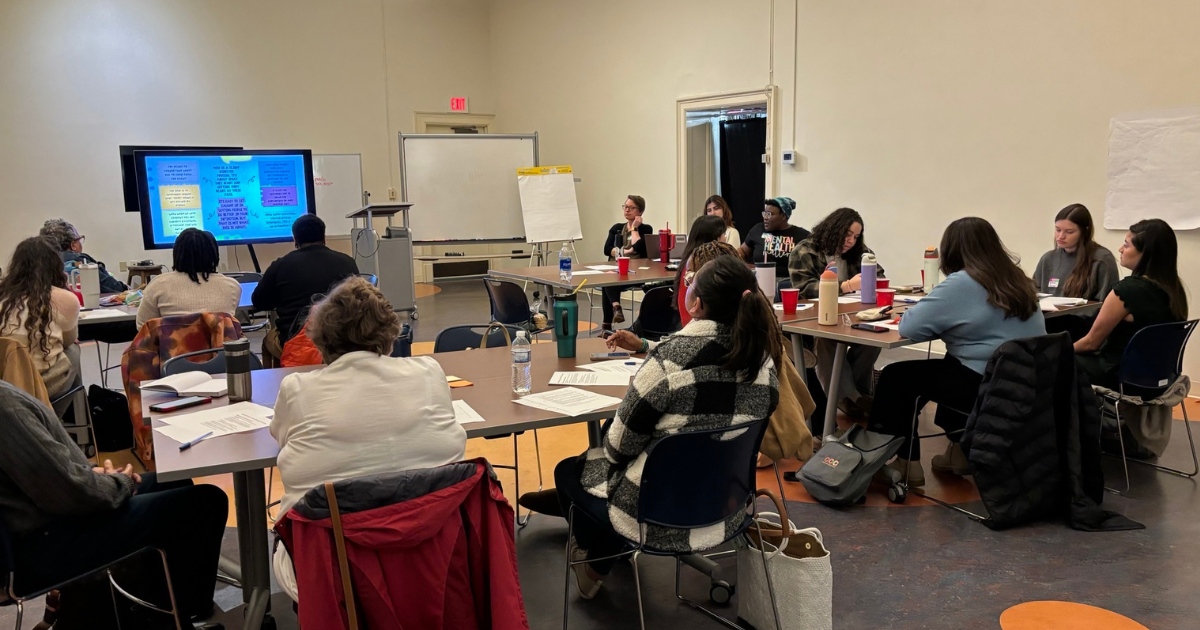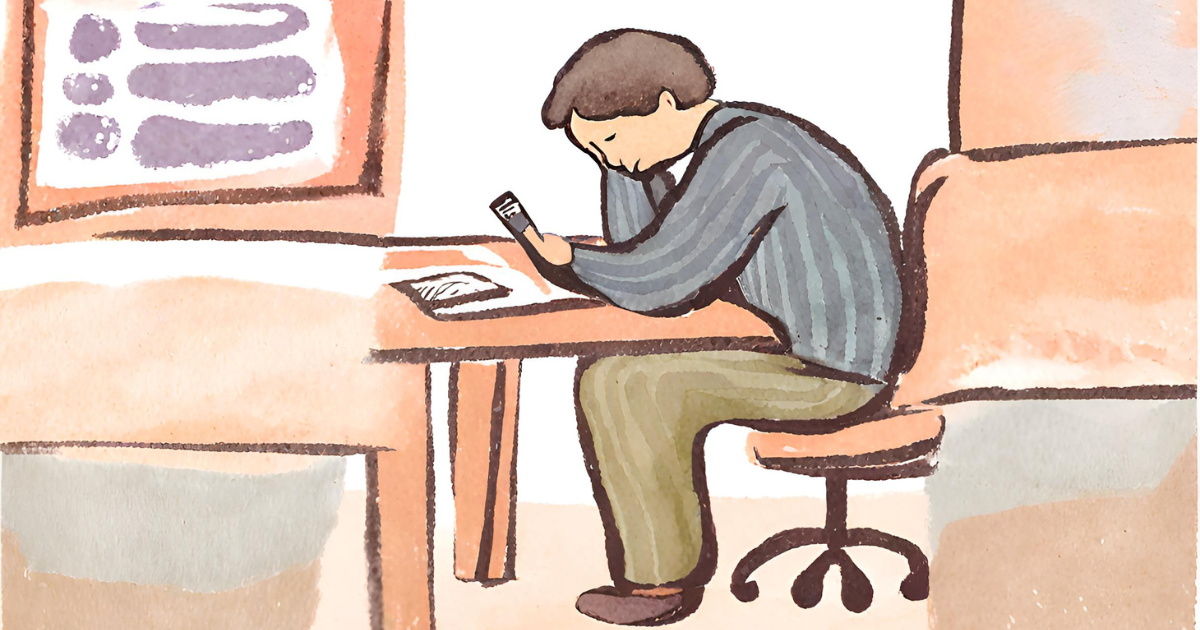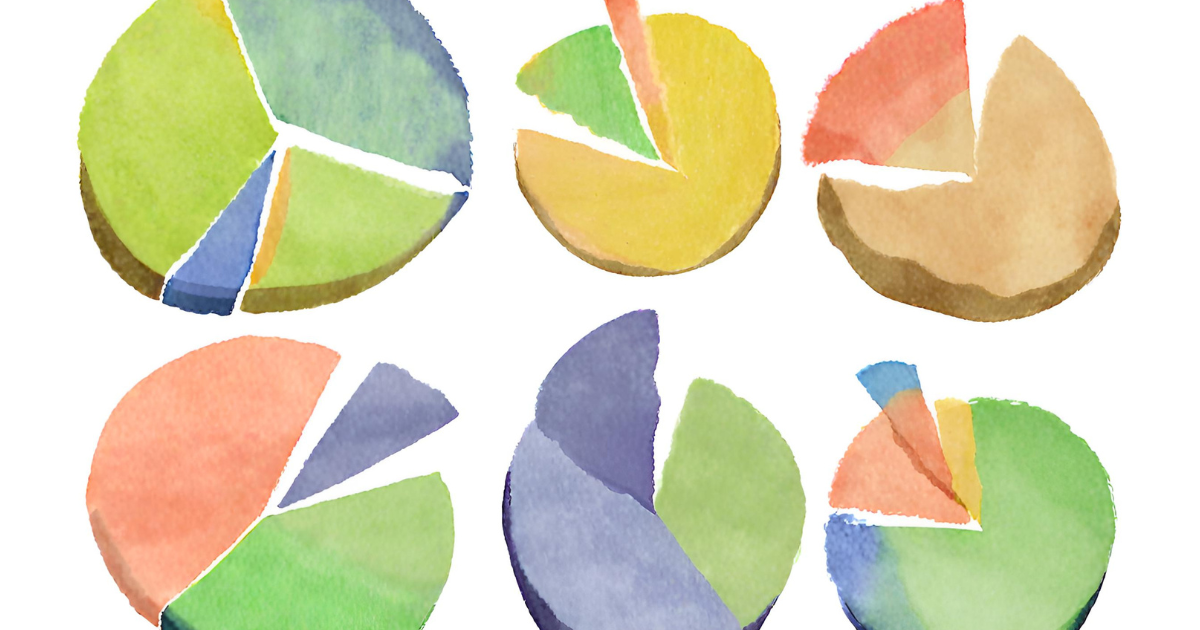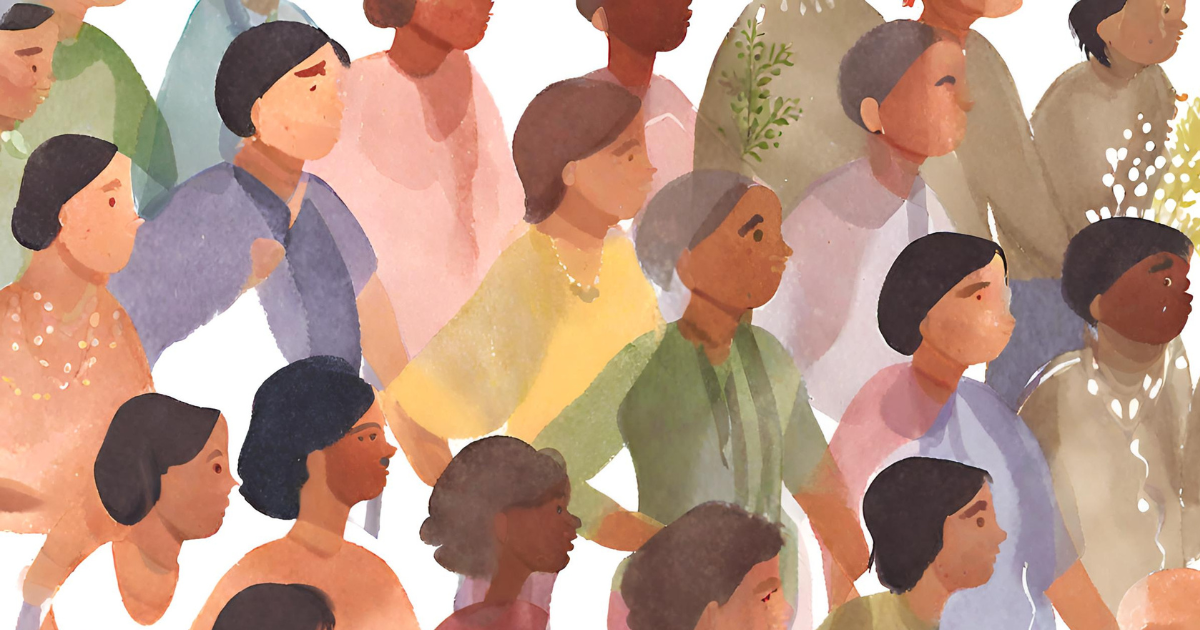July Point in Time Count Demonstrates Importance of Additional Resources to Address Homelessness
Aug 24, 2021
Pandemic Shelter and Funding Critical to Meet Elevated Need in Region
Richmond, VA – August 24, 2021 –
Data from the July 2021 Point in Time (PIT) count show that a significant number of individuals and families continue to experience homelessness, although there has been a decline since January 2021. The July 2021 PIT count found that the number of people experiencing homelessness in the Richmond region decreased by 16 percent compared to the PIT count in January 2021, from 834 people in January 2021 to 699 people in July 2021. Due to the COVID-19 pandemic, a July 2020 PIT count was not conducted. The July 2021 PIT count revealed a 42 percent increase in the number of people experiencing homelessness compared to the July 2019 PIT count, which occurred before the pandemic.
A primary reason for the drop in overall homelessness from January 2021, including a 32 percent decline in sheltered homelessness, is increased funding for Greater Richmond Continuum of Care (GRCoC) partner agencies which enabled shelter providers to safely return to pre-pandemic capacity. These added resources allow agencies to provide a more services and transition clients to more stable housing options. Despite this progress, low rental vacancy rates and lack of deeply affordable housing remain critical challenges in our region. Even more resources are necessary to address homelessness and the increased need among our region’s most vulnerable neighbors.
More Families Experiencing Homelessness
The July 2021 PIT count found an elevated number of families continuing to experience homelessness. Although the number of families experiencing homelessness dropped slightly by 4 percent from January 2021 to July 2021, the 275 family households experiencing homelessness recorded by the most recent PIT count remain substantially higher than our region’s historical average. For example, the number of families experiencing homelessness was 196 percent higher in July 2021 compared to July 2019. The lack of deeply affordable housing is the primary driver of this increase.
Increases in Unsheltered Homelessness
Although the total number of people experiencing homelessness decreased, the July 2021 PIT count revealed an increase in unsheltered homelessness, which rose 101 percent from 98 individuals in January 2021 to 197 individuals in July 2021. Unsheltered homelessness is defined by the U.S. Department of Housing and Urban Development (HUD) as an individual sleeping in conditions not suitable for human habitation, such as sidewalks, cars, and tents. Higher levels of unsheltered homelessness are expected in the summer when the weather is less of a deterrent to sleeping outside. Additionally, historically low rental vacancy rates and the continued global pandemic are key factors. Given dangers associated with unsheltered homelessness, GRCoC partners are investing in increased services for people who are unsheltered in order to better meet their needs and connect them to shelter or permanent housing.
How the COVID-19 Pandemic Contributed to Homelessness
The pandemic and lack of deeply affordable housing in our region continue to have a direct impact on the number of individuals and families experiencing homelessness. Among key findings from the July 2021 PIT surveys:
• 25.9 percent attributed a job/income loss (at least in part) to COVID-19.
• 23.3 percent reported that they had reduced access to food (at least in part) due to COVID-19.
• 19.7 percent attributed their housing loss (at least in part) to COVID-19.
A bright spot in the surveys was the high vaccination rate among individuals experiencing homelessness:
• 60.0 percent indicated that they were vaccinated against COVID-19.
• Among those not vaccinated, 19.6 percent said that they planned to get vaccinated.
Although the homelessness population in our region remained high, as expected, GRCoC efforts and increased resources for homeless services in 2021 prevented a more significant regional crisis.
Who Was Counted?
Conducted by Homeward, the federally-mandated PIT count took place on the night of July 21, 2021 and the morning of July 22, 2021 and included individuals and families staying in shelters and living outside. This single day count provided a snapshot of changes and trends over time. PIT data are based on the actual numbers of people counted by experienced and trained volunteers. In addition to the count, a sample of individuals were surveyed about their experiences, which provides further insight directly from people with current lived experience of homelessness.
GRCoC uses HUD’s definition of homelessness to conduct the count, which includes people staying in area shelters, such as emergency shelter, transitional housing, and sexual and domestic violence providers; people staying in hotels paid for by government or nonprofit agencies (considered emergency shelter); and individuals staying outdoors or in a place not meant for human habitation, such as a car, a tent in the woods, or on the streets.
Individuals and families captured by the PIT count include the following:
• 39.0 percent were 55+.
• 8.6 percent were youth aged 18 – 24.
• 64.4 percent reported their race as African-American/Black.
• 29.4 percent reported their race as White.
• 6.2 percent reported their race as multi-racial or another race.
Perspectives on PIT Count and Homelessness in Our Region
Anita Bennett, CEO, Daily Planet Health Services:
“We’ve seen that the COVID-19 pandemic has had a significant impact on individuals and families experiencing housing instability and homelessness. The pandemic also demonstrated the direct connection between housing and health. A piece of good news is the high vaccination rate among individuals experiencing homelessness, which is currently higher than Virginia’s statewide average. This accomplishment is the result of a highly coordinated and effective vaccination effort among GRCoC partner agencies.”
Karen Stanley, President and CEO, CARITAS:
“The increase in the number of our most vulnerable experiencing homelessness can be tied to the ongoing fallout from the COVID-19 pandemic. Throughout the past year we also have seen that increased resources have allowed our collaborative system of homeless service providers to respond more effectively and deliver additional support. Sustaining this level of investment is crucial in the future.”
Beth Vann-Turnbull, Executive Director, Housing Families First:
“The July 2021 Point in Time count underscores the heightened level of housing instability and homelessness that families in our region face. More families in shelter provide tangible evidence of the high levels of need in our region. And yet shelter programs are not and cannot be permanent solutions. The significant increase in families captured in the count should be a rallying cry for our region to invest in more deeply affordable housing.”
Randy Wilson, Executive Director, HomeAgain:
“Rapid rehousing is a powerful and proven strategy to support individuals and families experiencing homelessness. To be effective, though, we need access to safe and stable housing that is also affordable. Our region’s incredibly low rental vacancy rate – under 2 percent according to the most recent data from the U.S. Census Bureau – makes it virtually impossible to identify rapid rehousing for our most vulnerable neighbors. The Richmond region has one of the lowest rental vacancy rates in the country. We need to create more affordable and deeply affordable housing if we want to address the rise in our region’s homeless population.”
Laura Lafayette, CEO, Richmond Association of REALTORS and Executive Director, Partnership for Housing Affordability:
“The challenge of low inventory is happening at all levels of our housing market and affecting both for sale and for rent homes. This inventory crunch has an outsized impact on our neighbors who need access to deeply affordable homes. Fortunately, our region’s coordinated system of homeless service providers continues to step up and support more individuals and families in need. Yet, a focus on services and temporary shelter should not be our primary long-term solution. Our region must prioritize building a wide array of new housing, including deeply affordable homes. Creating new housing opportunities is vital to addressing this immense need.”
Kelly King Horne, Executive Director, Homeward:
“The July 2021 PIT count once again demonstrates the value of having data to understand issues that directly impact individuals and families experiencing homelessness in our region. GRCoC partner agencies use this vital data over time to drive strategic investments that matter for our community. Even though there is still much to do, our region’s strong record of collaboration and data-driven solutions meant that our system was prepared to respond when the pandemic hit and can continue to support the increased need among our most vulnerable neighbors.”
Where Can I Get More Information?
Additional information about the July 2021 PIT count, including multiple charts and other data visualization, is available on Homeward’s PIT webpage. This page is updated with the latest data from the count.
Share
Tweet
Share
Mail

29 Apr, 2024
Richmond, VA – May 1, 2024 – Homeward – the planning agency for the Greater Richmond Continuum of Care (GRCoC), a network of homeless service providers that deliver coordinated and compassionate solutions to homelessness in the Richmond region – will host its annual Best Practices Conference on Friday, May 3, 2024 at The Westin Richmond hotel in Henrico County.

By Frances Marie Pugh
•
21 Mar, 2024
The last week of February, Homeward hosted a series of learning opportunities in a Best Practices in Youth Services Summit. Over two days, GRCoC partners, YAB members, and TA support staff delved into the core competency topics of youth services, Continuous Quality Improvement (CQI), prioritizing joy for young people, and federal grant regulations.

By Kelly King Horne
•
14 Feb, 2024
This post is part of a series that explores the ways in which the Richmond region addresses homelessness and provides context on how our collaborative and regional network operates. You can access other posts in this series on Access Versus Resources , Funding by The Numbers , and Keys to Helping More People .

By Kelly King Horne
•
14 Feb, 2024
This post is part of a series that explores the ways in which the Richmond region addresses homelessness and provides context on how our collaborative and regional network operates. You can access other posts in this series on Access Versus Resources , Funding by The Numbers , and Supporting Frontline Staff .

By Kelly King Horne
•
14 Feb, 2024
This post is part of a series that explores the ways in which the Richmond region addresses homelessness and provides context on how our collaborative and regional network operates. You can access other posts in this series on Access Versus Resources , Keys to Helping More People , and Supporting Frontline Staff .

By Kelly King Horne
•
14 Feb, 2024
This post is part of a series that explores the ways in which the Richmond region addresses homelessness and provides context on how our collaborative and regional network operates. You can access other posts in this series on Funding by The Numbers , Keys to Helping More People , and Supporting Frontline Staff.

30 Nov, 2023
On behalf of Homeward, we want to thank Mayor Levar Stoney, City Council President Michael Jones, Committee Chair and Councilmember Stephanie Lynch, all of the members of Richmond’s City Council, and the truly dedicated members of the City administration for making this significant and compassionate expansion of homeless assistance available. For 25 years, our community has come together across organizational and jurisdictional differences with a shared goal of reducing the crisis of homelessness.
Every donation counts.
Useful Links
Contact info
info@homewardva.org
If you are within 3 days of losing housing, call The Homeless Connection Line: 804-972-0831 . If you are more than 3 days away from losing housing, call The Housing Resource Line: 804-422-5061
© 2024
All Rights Reserved | Homeward










